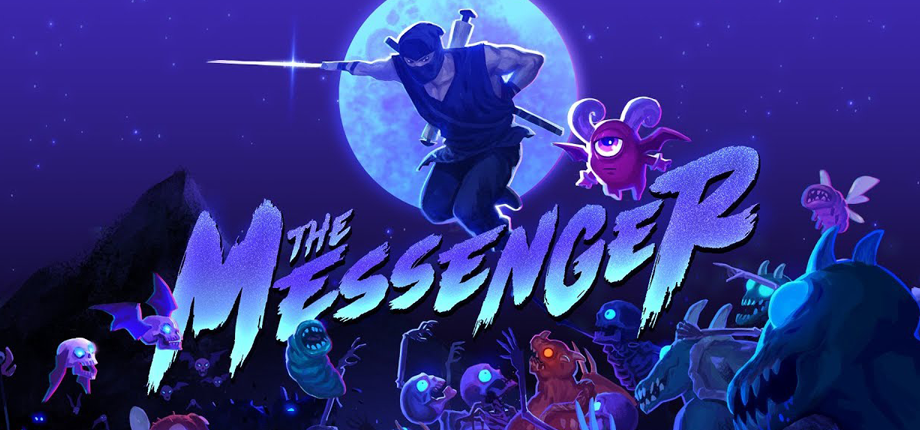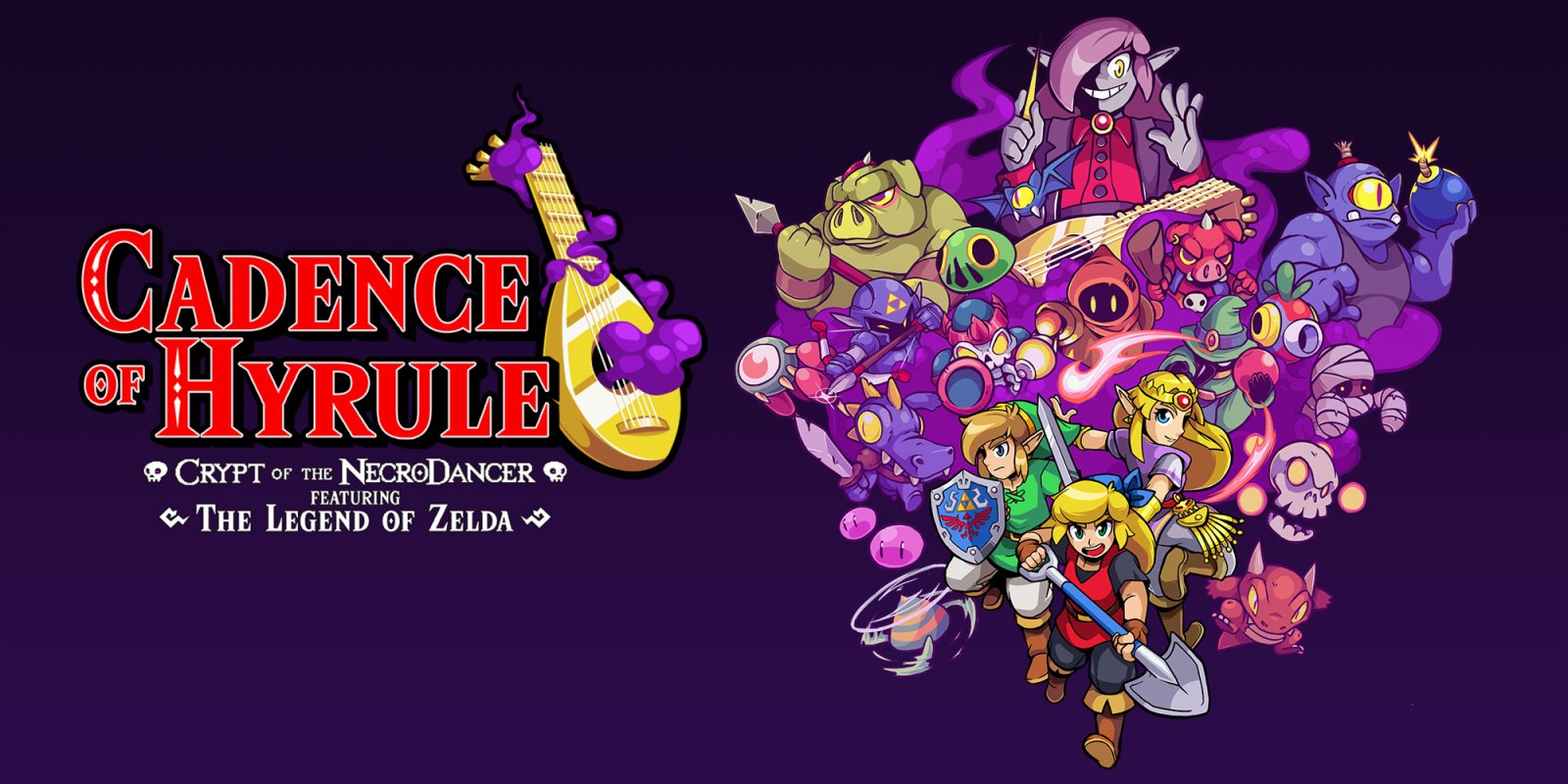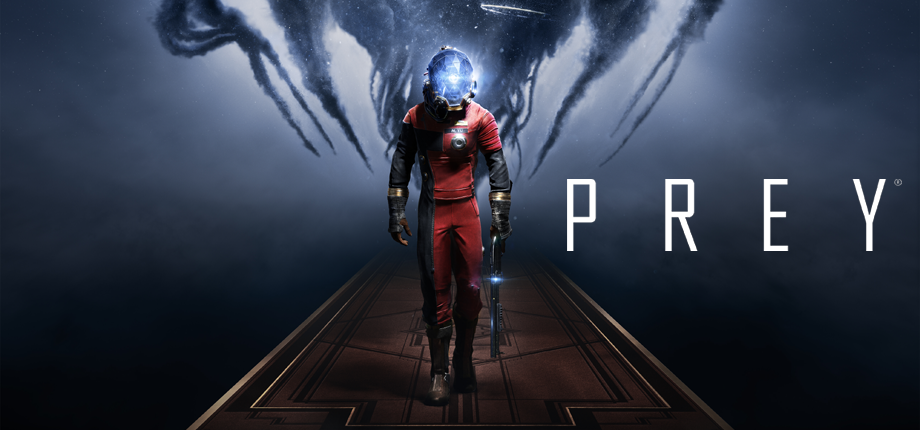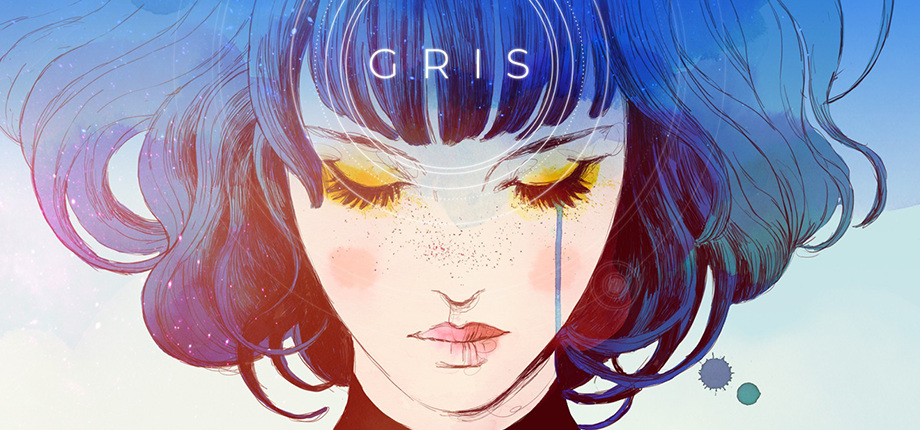The Messenger
With great pixel art, snappy writing, catchy music, and rock-solid 2D platforming, I thoroughly enjoyed The Messenger. While its third act, which changes the formula from linear platformer to Metroidvania, faltered a bit for me, this game is still one I happily recommend to anyone looking for a retro-style challenge.
Score: ⭐⭐⭐⭐
Hyper Light Drifter
People say that HLD plays like a combination of 2D Zelda and Dark Souls; while I've never played Dark Souls, I think I can see what they mean with this game's weighty combat and tough fights. I found some aspects of HLD to be a bit opaque for my liking, but I can't deny that this game's atmosphere, distinct visual style, and challenging combat make it something special.
Score: ⭐⭐⭐⭐
Starlink Battle For Atlas
As someone who loves flying space ships and aircraft in video games, I was initially enthralled with Starlink. Unfortunately, after playing it for a while, the open-world aspects of the game (e.g. fetch quests and material farming) began to wear on me. That being said, the core mechanics are still well-executed and I would recommend it to anyone who has been craving a good aerial dogfight as much as I have.
Score: ⭐⭐⭐
Shantae Half-Genie Hero
In the world of indie 2D platformers, Shantae is still the queen. While this entry had me revisit the same stages a few too many times for my liking, it was still and fun and charming romp.
Score: ⭐⭐⭐⭐
Cadence of Hyrule
This Zelda-meets-Crypt-of-the-Necrodancer struck just the right balance for me between Zelda and Rogue-like mechanics. Most importantly, it features a fantastic soundtrack; I don't think I'll ever get tired of the OST's dancy remix of Tal Tal Heights!
Score: ⭐⭐⭐⭐
Fire Emblem Three Houses
After spending over 100 hours with this game, I could probably write an entire book on it but I'll spare you as this has been one of the most thoroughly-covered SRPGs on the internet. While some of the schoolyard/classroom segments got a little old after a great many hours of gameplay, the things that this game does for character building and storytelling in the Fire Emblem series are truly remarkable. In addition to all this, it still remains a very satisfying strategy RPG.
Score: ⭐⭐⭐⭐⭐
Ape Out
While I was lukewarm on Hotline Miami, this slightly more forgiving and much jazzier variant on that style of gameplay proved to be a lot of fun. I beat this game live on Twitch in about two hours, so it was a solid pickup on Game Pass.
Score: ⭐⭐⭐⭐
Gears 5
Similar to when I played DMC5 earlier this year, I thought jumping into a series at part 5 would be weird, but I ended up taking to Gears 5 almost immediately. This game not only delivered exciting third-person shooter action but also a surprisingly interesting story. I just wish the story would have offered some sort of resolution rather than ending abruptly to set up the sequel. That being said, this was still another win for Game Pass.
Score: ⭐⭐⭐⭐
Cuphead
I so badly wanted to like Cuphead but just couldn't get into it. The music and animation are really amazing, but a succession of lengthy boss battles is just not something that appeals to me. This game solidified for me that I like boss battles as a climax to general platforming gameplay, but a game that is purely made of these battles will burn me out.
Score: ⭐⭐
Ys Memories of Celceta
Having beaten this game, my journey through Falcom's action RPG series is 50% complete. Adol's adventures continue to be a delight even though the dialogue in this one probably should have spent a little more time on the editor's desk.
Score: ⭐⭐⭐⭐
Prey
This sci-fi/horror FPS from the makers of Dishonored really enraptured me. Prey's haunting atmosphere, mysterious plot, clever character building, and intricate level design had me staying up late every time I sat down at my PC to play this. I got a little hung up on some of the late-game backtracking and platforming, but it was by no means an impediment to loving this game overall. If you enjoy games like Half-Life, Prey is a must-play!
Score: ⭐⭐⭐⭐⭐
The Outer Worlds
I probably should have waited a little longer after completing Prey before diving into Obsidian's sci-fi FPS/RPG so that I could take it in on its own rather than draw immediate comparisons. While some of the fetch-questing and wonky decision trees rubbed me the wrong way at times, the world this game creates is really interesting. It also offers decent shooting as well as the option to talk your way out of combat, which is a nice touch.
Score: ⭐⭐⭐⭐
Bomb Chicken
This cute puzzle platformer was a blast! With sprite work that oozed personality and Bomberman-like mechanics, it was right up my alley. I just wish it would have dispensed with having limited lives; being able to reload at a checkpoint as many times as necessary would have saved me some frustration in the later levels.
Score: ⭐⭐⭐⭐
Gris
Sometimes moody arthouse indie adventure games don't work for me (see my review of Firewatch), but that was not at all the case here. This game was both a beautiful work of art and also a solid puzzle platformer in its own right.
Score: ⭐⭐⭐⭐
BlazBlue Cross Tag Battle
Featuring characters from Persona and RWBY, I was pretty excited to pick up this crossover fighting game from Arc System Works. What I found is that while I enjoyed the basic fighting mechanics of the game and the inclusion of visual novel-style cutscenes, I'm just not into "tag" style fighting (think of Marvel vs Capcom for a popular example). On the bright side, Cross Tag Battle got me interested in the characters and story of the BlazBlue series, which was previously completely foreign to me. I'm looking forward to playing a proper BlazBlue in the future.
Score: ⭐⭐⭐
Astral Chain
After having so much fun with DMC5 earlier this year, I had to try this stylish Nintendo Switch-exclusive character action title. Featuring sidequests, exploration, puzzle-solving, and platforming, this game is far more ambitious than most in its genre. While these additions were implemented with varying degrees of success, the core combat mechanics were fun to execute and slick to look at. This game outstayed its welcome a bit and the conclusion of its story fell a bit flat for me, but I still enjoyed the overall experience and am glad that I picked it up.
Score: ⭐⭐⭐⭐
Bloodstained Ritual of the Night
Koji Igarashi, one of the icons of the "Metroidvania" genre returns with this Castlevania spiritual successor. In a genre that's flooded with entries right now, Iga still shows off that he's still one of the grandmasters. Interesting level design, stylish graphics, tight controls, and a quirky sense of humor make this game stand out from the pack. I wasn't really invested in the game's story or characters, and I found the inclusion of Kickstarter backer rewards to be glaring at times, but those are small quibbles with an otherwise excellent platform adventure game.
Prey
This sci-fi/horror FPS from the makers of Dishonored really enraptured me. Prey's haunting atmosphere, mysterious plot, clever character building, and intricate level design had me staying up late every time I sat down at my PC to play this. I got a little hung up on some of the late-game backtracking and platforming, but it was by no means an impediment to loving this game overall. If you enjoy games like Half-Life, Prey is a must-play!
Score: ⭐⭐⭐⭐⭐
The Outer Worlds
I probably should have waited a little longer after completing Prey before diving into Obsidian's sci-fi FPS/RPG so that I could take it in on its own rather than draw immediate comparisons. While some of the fetch-questing and wonky decision trees rubbed me the wrong way at times, the world this game creates is really interesting. It also offers decent shooting as well as the option to talk your way out of combat, which is a nice touch.
Score: ⭐⭐⭐⭐
Bomb Chicken
This cute puzzle platformer was a blast! With sprite work that oozed personality and Bomberman-like mechanics, it was right up my alley. I just wish it would have dispensed with having limited lives; being able to reload at a checkpoint as many times as necessary would have saved me some frustration in the later levels.
Score: ⭐⭐⭐⭐
Gris
Sometimes moody arthouse indie adventure games don't work for me (see my review of Firewatch), but that was not at all the case here. This game was both a beautiful work of art and also a solid puzzle platformer in its own right.
Score: ⭐⭐⭐⭐
BlazBlue Cross Tag Battle
Featuring characters from Persona and RWBY, I was pretty excited to pick up this crossover fighting game from Arc System Works. What I found is that while I enjoyed the basic fighting mechanics of the game and the inclusion of visual novel-style cutscenes, I'm just not into "tag" style fighting (think of Marvel vs Capcom for a popular example). On the bright side, Cross Tag Battle got me interested in the characters and story of the BlazBlue series, which was previously completely foreign to me. I'm looking forward to playing a proper BlazBlue in the future.
Score: ⭐⭐⭐
Astral Chain
After having so much fun with DMC5 earlier this year, I had to try this stylish Nintendo Switch-exclusive character action title. Featuring sidequests, exploration, puzzle-solving, and platforming, this game is far more ambitious than most in its genre. While these additions were implemented with varying degrees of success, the core combat mechanics were fun to execute and slick to look at. This game outstayed its welcome a bit and the conclusion of its story fell a bit flat for me, but I still enjoyed the overall experience and am glad that I picked it up.
Score: ⭐⭐⭐⭐
Bloodstained Ritual of the Night
Koji Igarashi, one of the icons of the "Metroidvania" genre returns with this Castlevania spiritual successor. In a genre that's flooded with entries right now, Iga still shows off that he's still one of the grandmasters. Interesting level design, stylish graphics, tight controls, and a quirky sense of humor make this game stand out from the pack. I wasn't really invested in the game's story or characters, and I found the inclusion of Kickstarter backer rewards to be glaring at times, but those are small quibbles with an otherwise excellent platform adventure game.
Score: ⭐⭐⭐⭐
Acknowledgment: The mini-review roundup format used in this post was inspired by a similar post from one of my favorite gaming blogs, The Gay Gamer. I've been reading his work for years; in fact, his blog was one of the ones that motivated me to start a blog of my own. His thoughtful writing and positive outlook continue to be a source of inspiration for me; be sure to give his stuff a look!
Update Dec-29 2019: I updated this post to include a quick blurb about Astral Chain, which I finished just before the year ended.
Update Dec-31 2019: I somehow forgot to include Bloodstained! I tacked on a quick review after my section about Astral Chain.
Acknowledgment: The mini-review roundup format used in this post was inspired by a similar post from one of my favorite gaming blogs, The Gay Gamer. I've been reading his work for years; in fact, his blog was one of the ones that motivated me to start a blog of my own. His thoughtful writing and positive outlook continue to be a source of inspiration for me; be sure to give his stuff a look!
Update Dec-29 2019: I updated this post to include a quick blurb about Astral Chain, which I finished just before the year ended.
Update Dec-31 2019: I somehow forgot to include Bloodstained! I tacked on a quick review after my section about Astral Chain.









































